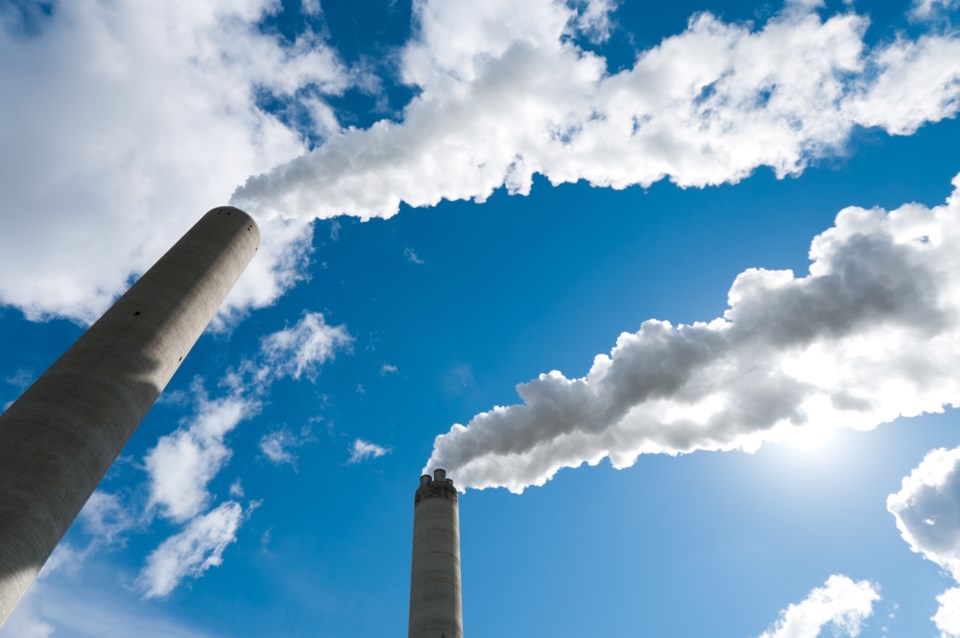Industry is by far Sault Ste. Marie's biggest source of greenhouse gas emissions, according to a just-completed community emissions inventory to be presented at Monday's City Council meeting.
Emily Cormier, the city's climate change coordinator, will tell councillors that natural gas-fueled industrial facilities account for 69 per cent of local greenhouse gas emissions, roughly comparable to other heavy industry centres including Hamilton.
Road transportation is our second-largest greenhouse gas source at 12 per cent, followed by residential buildings at six per cent, propane & fuel oil energy emissions at six per cent, and commercial & institutional buildings at five per cent.
Railways and solid waste each contributed one per cent of the Sault's greenhouse gas emissions.
Cormier reports total community emissions in 2017 (the most recent year for which data was available) of 1.5 million tCO2e (tonnes of carbon dioxide equivalent – a measure that permits comparisons to other greenhouse gases relative to one unit of CO2. – calculated by multiplying the greenhouse gas emissions by its 100-year global warming potential).
The Sault's 1.5 million tCO2e is roughly 20.5 tonnes of greenhouse gases per capita.
That's not far off from Canada's national per capita emissions of 19.5 in 2017, Cormier says.
The new inventory creates an important baseline against which future emissions reductions will be measured.
"Over the next year, FutureSSM will focus on working with the community to develop greenhouse gas targets and a greenhouse gas reduction plan," Cormier says.
"A series of stakeholder consultations initiatives including an open house, community survey, and one-on-one presentations with key stakeholders will be held as part of this process."
Here are Cormier's preliminary recommendations, to be presented to City Council on Monday:
Energy emissions
- consult with local industrial facilities to understand their current and planned environmental and greenhouse gas reduction efforts
- encourage uptake in energy efficiency retrofits for existing buildings
- research policies for efficient new builds that go above the Ontario Building Code
- explore the feasibility of renewable energy procurement; however, the business case must be evaluated based on current renewable energy cost-effectiveness
Transportation emissions
- explore opportunities to increase transit ridership and active transportation (for example. Bike to Work Week May 31 - June 6, 2020)
- review potential actions that align with existing city plans (for example, the 2015 transportation master plan, 2011 green fleet plan and 2007 cycling master plan
- support transportation electrification opportunities (electric vehicles, charging stations, buses, etc.)
- increase education and awareness about economic and health benefits related to active transportation
Waste emissions
- support ways to divert waste
- expand landfill gas capture as part of landfill expansion plans and review feasibility of using the gas as a form of energy generation
- conduct research regarding organics collection as part of waste diversion
The inventory also looked into the city's own greenhouse gas emissions, which represent about one per cent of the community's total emissions.
Monday's City Council meeting will be livestreamed on SooToday starting at 4:30 p.m.
